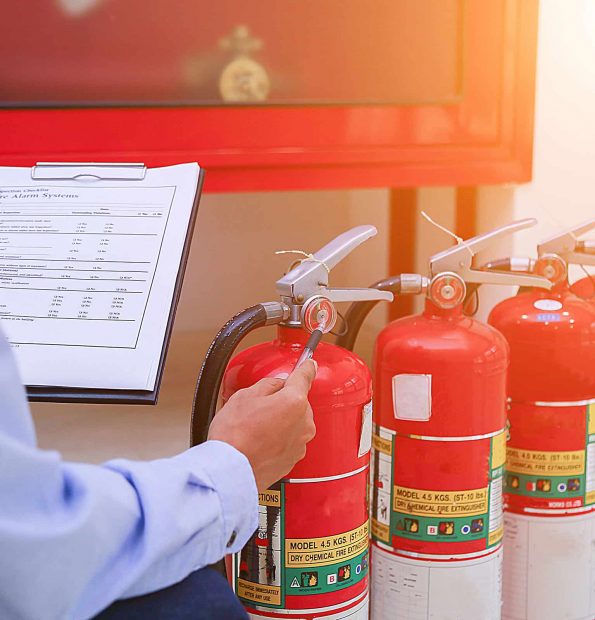Sydney fire safety is more than just checking boxes. At the center of the system is the Annual Fire Safety Statement (AFSS), a document that is not just a way to meet the legal requirements, but also shows the building owner’s dedication to safety and responsibility. Together with a Fire Safety Certificate, it forms the foundation of a structured framework that keeps occupants safe, insurers reassured and councils confident in the security of the city’s buildings.
The reason why the annual Fire Safety Statement Exists
The Annual fire safety statement Sydney requirement was never designed to be paperwork for the sake of paperwork. Fire protection systems are only effective if they’re regularly maintained, tested and certified. A sprinkler installed ten years ago might seem fine however, without a thorough inspection there’s no way to guarantee that it will turn on in the event of an emergency.

The AFSS demands that property owners must prove, at minimum annually, that their fire safety measures, ranging from alarms to hydrants, to exit lighting, still meet the original standards set by the Building Code of Australia. This is more than just an inspection, it’s a public declaration that lives are protected and that the building will stand up to a major incident.
What is the main difference between AFSS and Fire Safety Certificates?
Owners frequently confuse the Fire Safety Certificate with the annual statement, but these two certificates serve distinct objectives. The certificate is issued when the new system is installed or after major improvements are made. The certificate confirms that the new measures meet the regulations prior to when a property or tenancy can be used. The AFSS is later. It’s a responsibility that is repeated that ensures that the same systems remain in compliance with the requirements each year following installation.
They create a protection cycle when they are combined: the certifications verify that safety systems have been installed correctly, and the annual statements ensure that these systems are maintained throughout the lifespan of a structure. In the event of either one being missed, it weakens the entire system of protection.
The responsibility entrusted to building Owners
The AFSS in New South Wales has a distinctive feature that places the ultimate responsibility of the process on the property owner. The AFSS doesn’t have an order of deficiency in contrast to other forms, where they are classified as serious or minor. The whole statement is null if even one of the measures fails.
Owners must play the initiative. They need to organize inspections, employ certified professionals, make repairs, and submit documents with the council, all while meeting strict deadlines. Councils for strata and commercial landlords are also accountable for coordinating with contractors, tenants, and insurers. While it isn’t easy, this system is designed to ensure that security is not affected or delayed.
The impact of AFSS on Sydney
The AFSS exceeds the scope of legal compliance. When deciding to rent space, tenants usually inquire about the safety statements of the building. Insurers also frequently request the copy prior to finalizing their coverage. A current Annual Fire Safety Statement could impact the value of a property, tenant trust, and even insurance rates.
Councils can be reassured that the thousands of Sydney buildings are regularly monitored. For fire departments this means that the systems are more likely to be in operation during emergencies, which can reduce dangers to both the occupants and firefighters. The AFSS doesn’t just safeguard specific buildings, but helps to make a city more secure.
Conclusion: AFSS is a Standard of Trust
It might seem like a bureaucratic burden, but the annual Fire Safety Statement Sydney is actually an assurance standard. It demonstrates that the safety of fire isn’t a matter of fate. It proves the dependability of the equipment as well as that the homeowners are accountable to ensure the security of their residents. When paired with the Fire Safety Certificate, it completes a system that verifies both the construction and ongoing performance of critical security measures.
For property owners, the lesson is clear: the AFSS is much more than just an annual date. It is a commitment to security, accountability and community confidence. The AFSS is a valuable asset in Sydney’s rapidly expanding urban landscape, where thousands of residents rely on safe and safe structures.